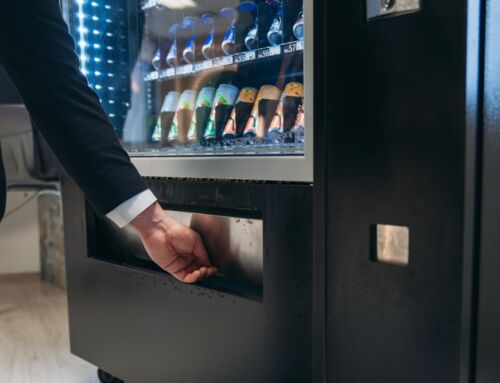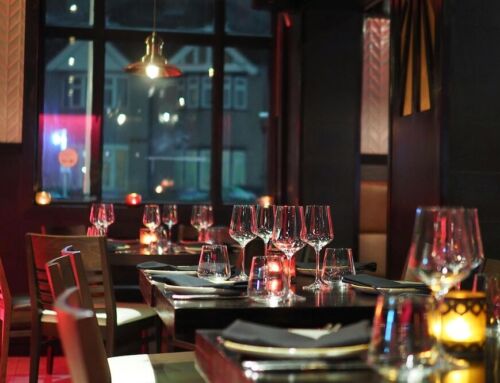Fed up of waiting in line for hours to be served whenever you go out? That could all be about to change with the new revolution sweeping the food and drinks industry: self-service bars.
These are changing the face of pubs, bars and restaurants the world over. They are still fairly new, but they are catching on fast. The University of Reading now has a beer wall with 167 taps, and it’s just one of many bars and restaurants to experiment with the idea.
Here’s what’s happening.
What Are Self-Service Bars?
Self-service bars are where instead of going up to the bar and asking the bartender to pour your drink, you do it yourself.
The establishment will often have a wall of beer taps to choose from. You simply walk up, choose the drink you want, pay for it, and pour your drink yourself. No waiting, no fuss.
How Do They Work?
They work using the power of self-service technology – similar to the self-service checkouts you see in your local supermarket.
There is usually a wall of taps, and above each one is an interactive screen that provides details about the beer. You simply choose your drink then either pay with a contactless card or use a bracelet or card given to you when you enter.
Then you simply pour the drink from the pump and it will automatically cut off at the right level.
Why They Are Catching On
One of the main benefits is that it allows the establishment to serve more beer to more people in less time because they can install more taps than staff. This translates to more sales but also less queueing for customers.
Long queues can really get in the way of a good night out, so it’s no surprise that self-service bars are cropping up all over the place. With a self-service bar, customers can just go up and get their drink of choice when they want to.
The tech behind self-service bars is also still a novelty and people love having the chance to pour their own pint!
Potential Problems
Bar staff might be worried about their jobs. Although at the moment the idea is that it frees them up to do other tasks and spend more time with customers, the truth is it could lead to job cuts as more of the work is being done automatically.
The other potential problem is deciding when someone has had too much to drink. With these systems, the bartender still gets to decide whether to approve a request for more drink. But there is a risk that people will drink too much without the bartender being able to simply stop serving them as in a traditional bar setting.
The Way We Drink Is Changing
Self-service bars provide an example of how technology is changing our lives. First contactless payments, then self-service kiosks in supermarkets, and now you can go to a pub or restaurant and pour your own.
There will probably always be a role for the bartender. But it is easy to see this style of drinking catching on and becoming much more popular over the coming years.




